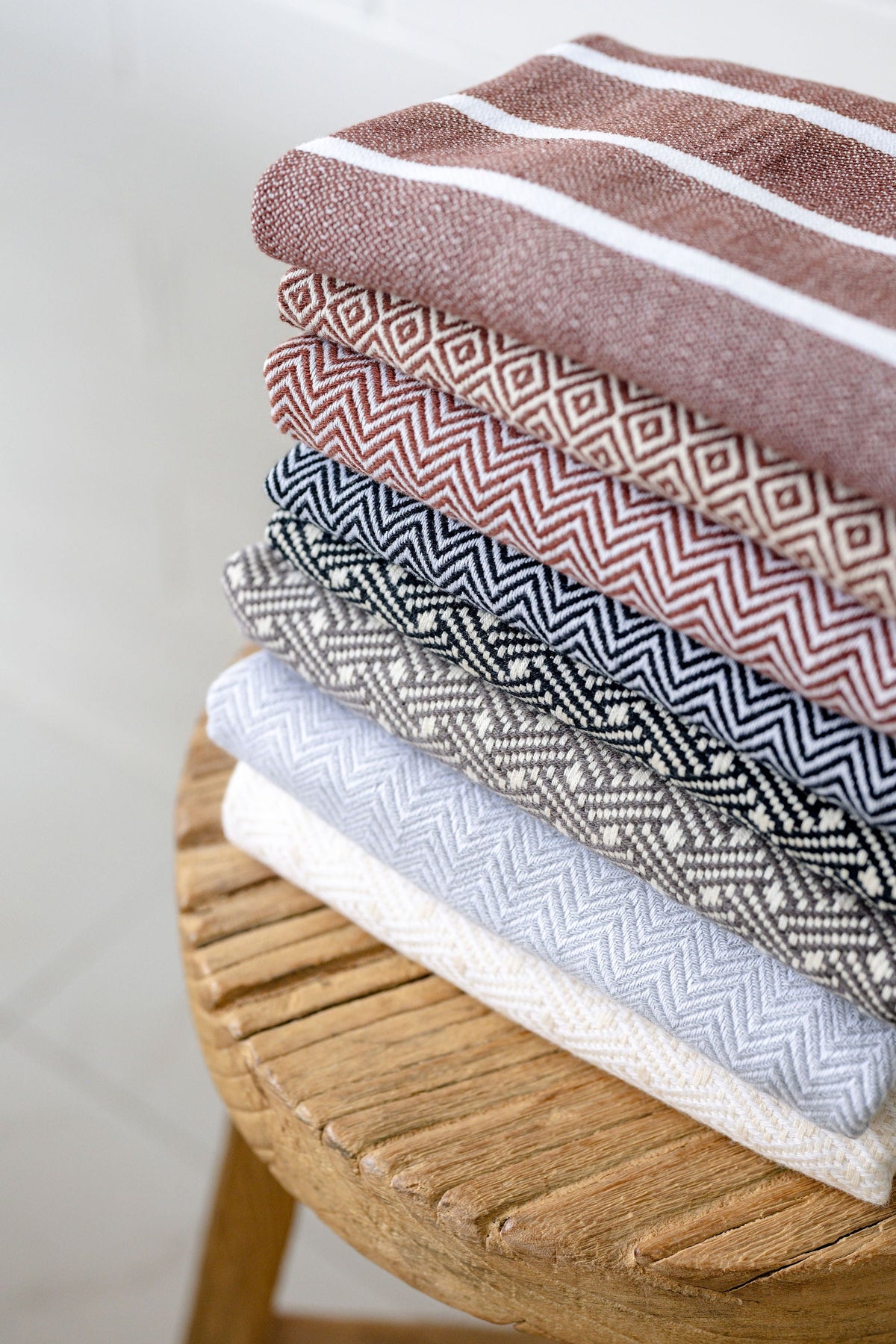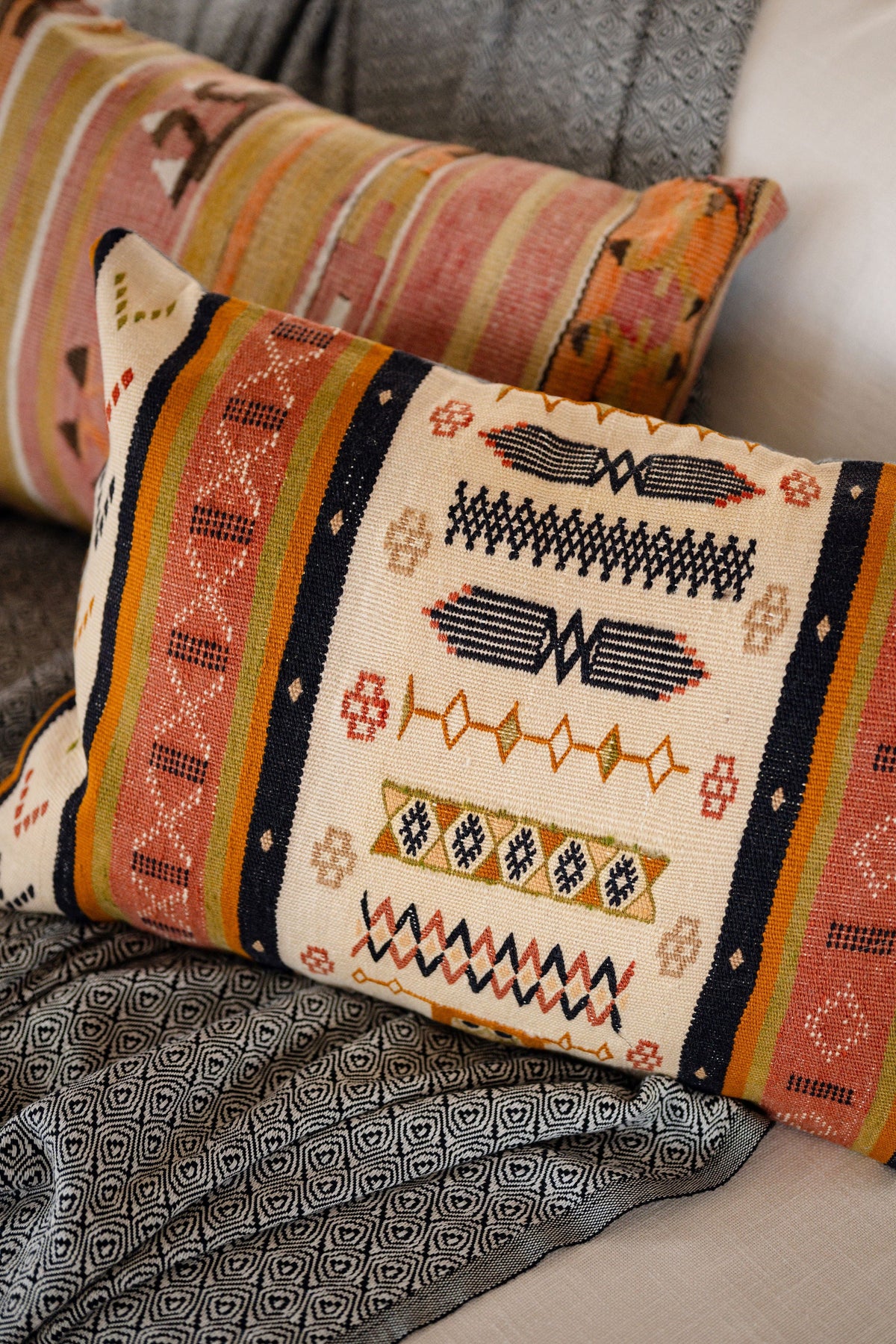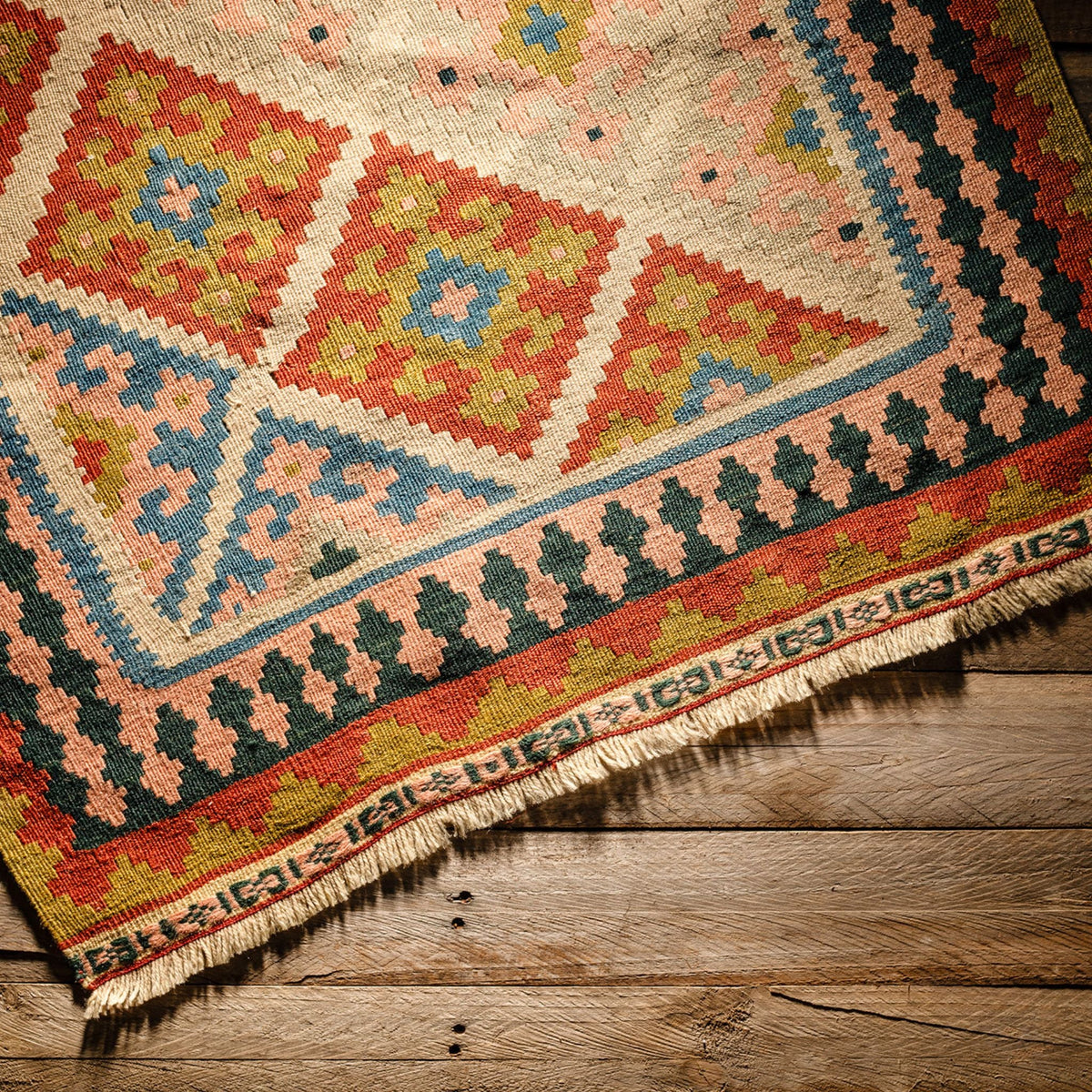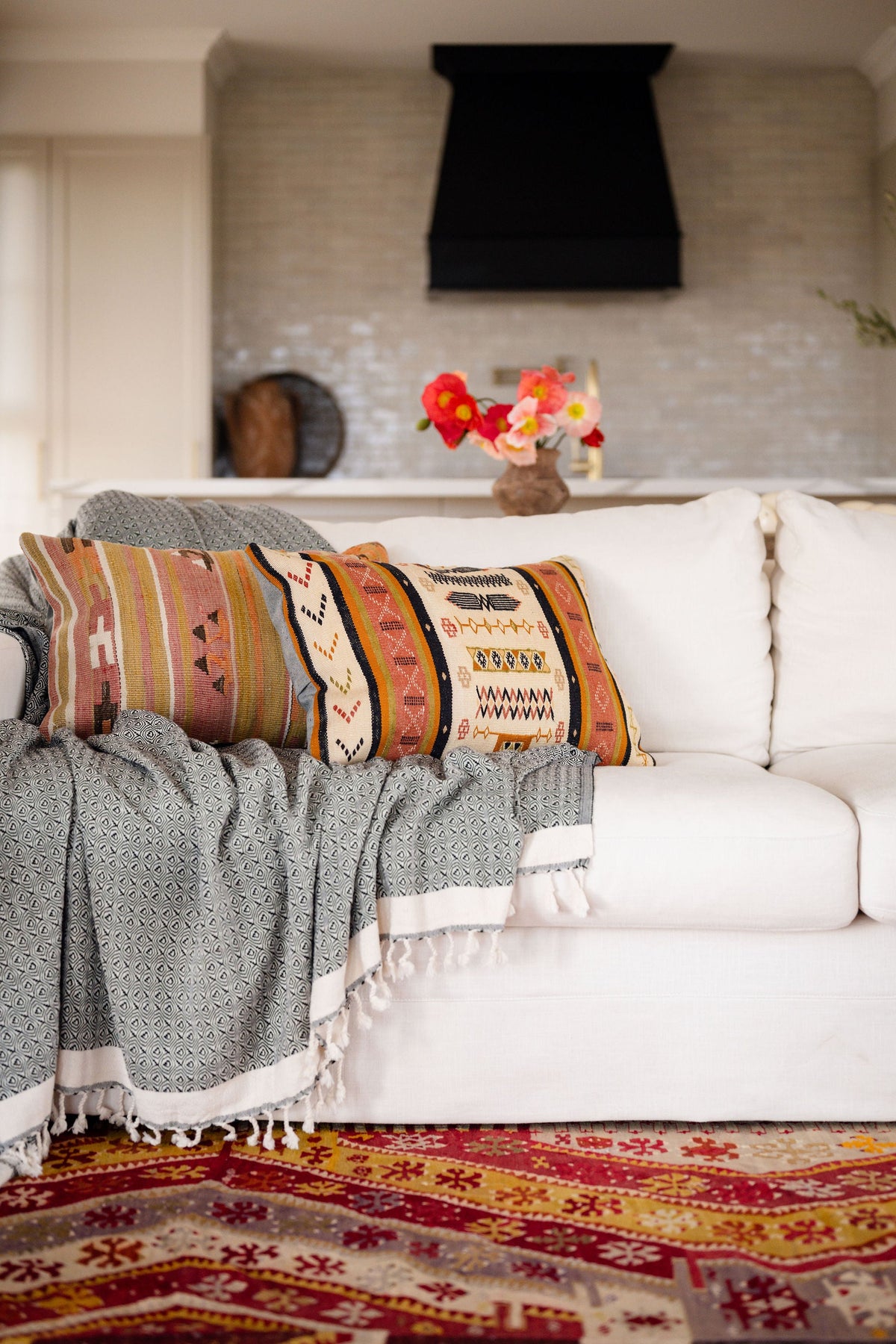History Traditional Homewares

THE HISTORY BEHIND THICK-LOOPED AND PASTAMEL WEAVES
Somewhere in Asia Minor 27,000 years ago, people began flat weaving textiles.
During the Turkish Ottoman Empire, craftspeople applied their exquisites loop technique and revolutionised what a towel was.
When produced on a shuttle loom, the towel’s structure is strong, and it can last for decades.
For hundreds of years, Turkish mothers held the tradition of shuttle weaving and taught their sons and daughters.
The sons went on to weave on looms that produced luxurious towels for buyers across the globe. The thick, looped towels were woven from the threads spun from natural fibers such as linen, cotton and silk.
The daughters went on to become mothers and once again teachers of the handwoven art.
The introduction of products manufactured in factories in the East took the traditional weaving process away until it was resurrected about 15 years ago. Today we present you all the unique weaves that have been handed down by many civilisations in Turkiye.
Nearly 15 years ago, there were very few traditional shuttered-loomed weavers left in Turkiye and it was practically a lost art form. Turkish Bath & Home works with the people directly who have resurrected this nearly lost tradition. Now approximately 600 working looms are operating with the equivalent of the same craftsman and we are proud to support a very historic industry that produces the finest quality Pastamel and thick-looped weaves from Turkey. It is a joy for us to give back and to give you – our friendly customer – a quality, organic cotton or linen product.
Our products are made to last for decades and once you have bought one, you will rejoice in the quality of the product.




